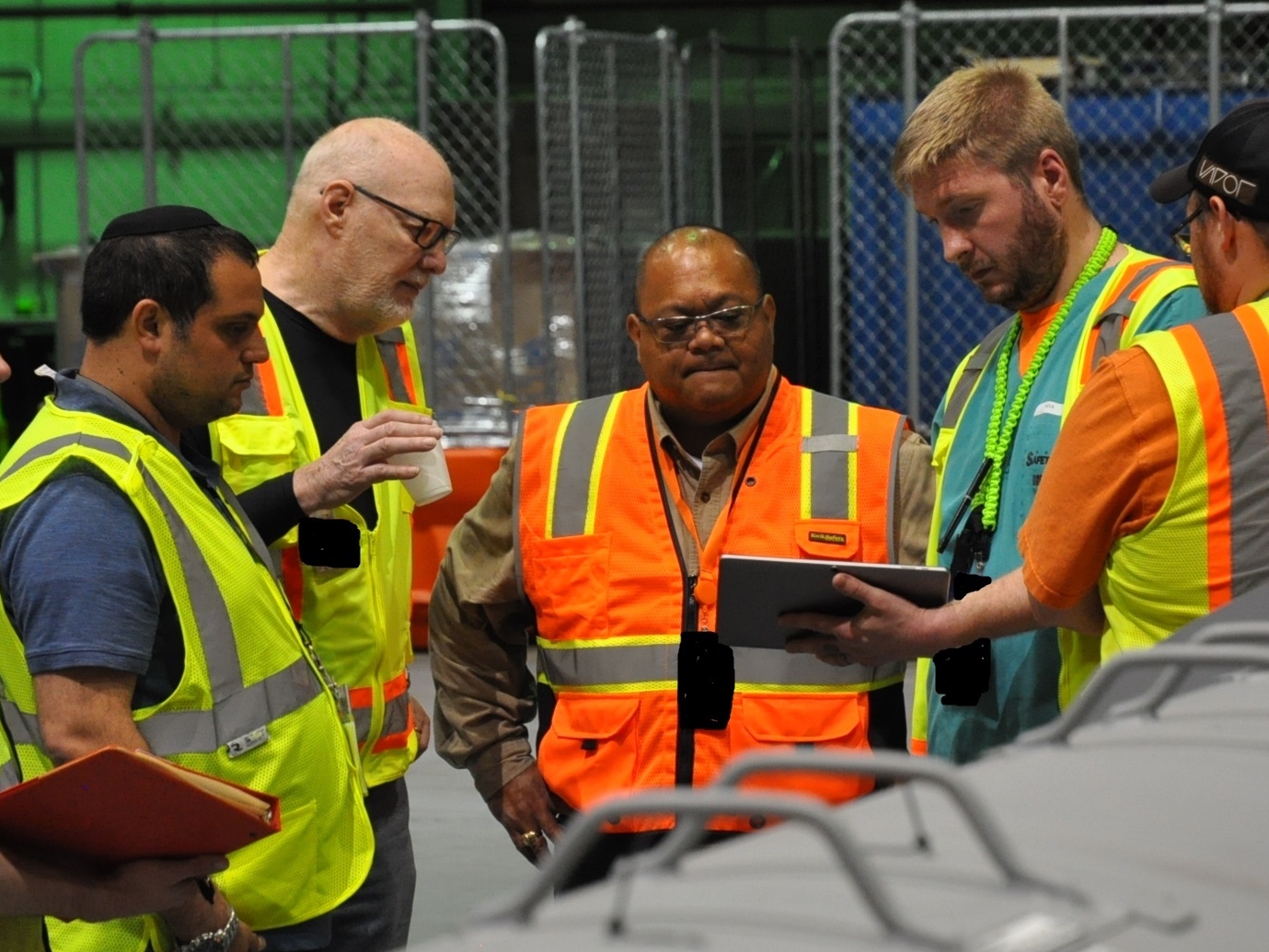Robotics Institute Delivers Pipe-Crawling Robot To DOE Uranium-detecting robot could save taxpayers millions in decommissioning costs
Byron SpiceThursday, August 9, 2018Print this page.

A team from Carnegie Mellon University’s Robotics Institute on June 25 delivered a robot called RadPiper to the U.S. Department of Energy’s former uranium enrichment plant in Piketon, Ohio, where it will be used to identify uranium deposits on pipe walls.
RadPiper is an autonomous, tracked robot that crawls inside miles of 30-inch and 42-inch-diameter pipe at the Portsmouth Gaseous Diffusion Plant, which is being decommissioned and prepared for demolition. The robot is equipped with radiation detectors and can identify sections of pipe that have hazardous uranium deposits.
This technology, developed by a team led by William “Red” Whittaker, professor of robotics, could potentially save millions of dollars in decommissioning costs by identifying those sections of pipe that need special handling and disposal. The rest of the pipe could remain in place and be demolished safely and less expensively with the rest of the process buildings – three gigantic structures that span the size of 158 football fields.
The CMU team has worked closely with DOE and Fluor-BWXT Portsmouth, the decommissioning contractor, to develop the robot. Fluor-BWXT staff members are now testing the robot as they work toward its deployment. The robot also could be used in the decommissioning of a similar plant in Paducah, Kentucky.
The 270-pound RadPiper robot runs through straight sections of pipe, automatically returning to its starting point when it reaches a bend or other obstruction. Sensor data is recorded on a USB drive; nuclear analysts download the information from the drive, freeing them from time-consuming calculations and making reports available the same day.
More information is available on the project web site.

Byron Spice | 412-268-9068 | bspice@cs.cmu.edu
